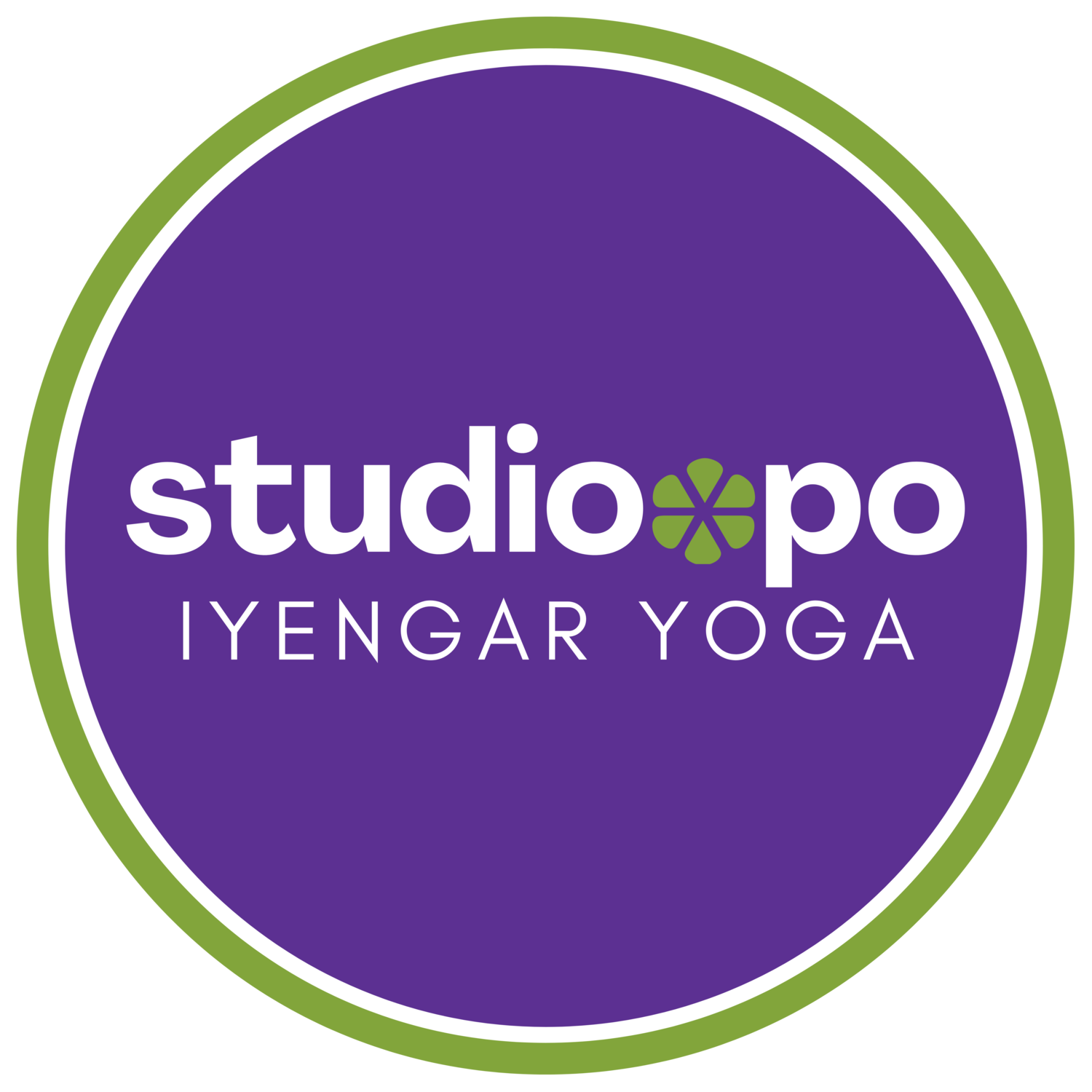Reflecting on Alignment
Published on March 6, 2014
“Yoga is a mirror, to look at ourselves from within”
When I began taking yoga classes, the teachers would often tell me not to hyper-extend my knees. I’m quite flexible and several of my joints can be overstretched, particularly my knees and elbows. I remember working in Tadasana and specifically feeling like my knees were bent even though the teacher insisted they were straight. It was very strange. I basically had to relearn what the experience of straightening my legs felt like. This lesson was profound. Not only did it teach me how to properly straighten my legs, but also it highlighted what it meant to be ‘in my body’. For the first time I became aware that I lacked the body awareness to know what was straight, but I quickly learned that through my yoga practice I could actively work to bring that awareness to the surface.
As I’ve progressed in my practice, my legs have changed quite drastically. Now, hyper-extension doesn’t seem to be too much of an issue. Instead, in asanas like Uttanasana and Prasarita Padottanasana I’m actually having trouble fully straightening my legs. It’s kind of funny how things can go from one extreme to the other. Anyway, this week with the guidance of my (brilliant!) teacher, I unmasked yet another level of awareness with respect to how I straighten my legs. My teacher taught in such a way that brought awareness to the back of my knees like I’ve never experienced before. After this experience, I had a moment of ‘if this is straight, what the heck have I been doing all this time?’, but I caught myself and didn’t dwell. In the days that followed, as I continued to practice straightening my legs in this manner, I realized that it wasn’t a question of what I had been doing wrong but rather what had I done correctly to open myself up to this new phase of understanding.
BKS Iyengar has an awareness that is deeper and more profound than anything I could possibly imagine. While I work to bring awareness to say, the back of my thighs, BKS Iyengar might concentrate on emptying both lungs evenly, or on sending the breath to touch a particular part of the nostril. The nuance with which he understands the body is remarkable. Even though my level of awareness is superficial in comparison, it nonetheless provides me with a valuable gateway to my inner self. I know, ‘inner self’ may sound a bit hokey but bear with me…
When I’m concentrating on bringing my awareness to the outer edge of my foot (or my inner back groin, or the inner line of my shoulder blade, etc.) very often I’m engaging my whole body to do so. I’m using the parts of my body in which my consciousness flows easily to direct new consciousness to these less accessible areas. In doing so, it’s like my mind dissipates. I’ve always thought of it kind of like a level. When you use a level to hang a picture, you look to see that the liquid is even on both sides. If too much liquid is on one side, you know the picture is not straight. Well, it’s similar with my consciousness. When areas of my body lack consciousness, it’s like a crooked picture. As I pour the consciousness into these areas, my body becomes ‘straight’, and in this process not only is the body affected but my mind is synchronized with my body. It’s like the mind snaps into place, and it is this experience that has given me glimpses into my inner self.
I’ve read a few different articles lately discussing both the importance and over-emphasis of alignment in yoga. In my experience, aside from safety (which I believe is hugely important) an emphasis on alignment is also a valuable tool for developing body awareness. While some may argue that emphasizing alignment restricts the practice to a physical level, my experience has been quite the opposite. It is through the detail and precision of good alignment that I have been able to open myself up to what yoga can offer beyond just the physical. Sure, it’s easy to get caught up in superficial benchmarks – i.e. can I lift my leg behind my head, can I reach my hand to the floor, etc. but with the guidance of a good teacher (& by guidance I don’t mean reliance) and some intention in home practice, an emphasis on alignment can most certainly facilitate an inward journey. And remember, good alignment doesn’t presuppose that the classical presentation of the pose must be presented. There’s always a way to back it up. As Prashant Iyengar says (I know I put this quote in my last blog post, but I’m still so enamored with it 🙂 ), “don’t think that unless you have reached the ultimate final pose then only the fruit comes. No. At every level, asana has something to offer.”
What is your experience with alignment in your asana practice? Do you find the detail helps to focus you, move inward? Or, do you find the points tedious and perhaps a distraction?
Related Articles
(please feel free to add to this list of links in the comments section)
Six Reasons to Stop Obsessing Over Alignment in Yoga Class
Six Reasons Why You SHOULD Obsess Over Alignment in Yoga Class


